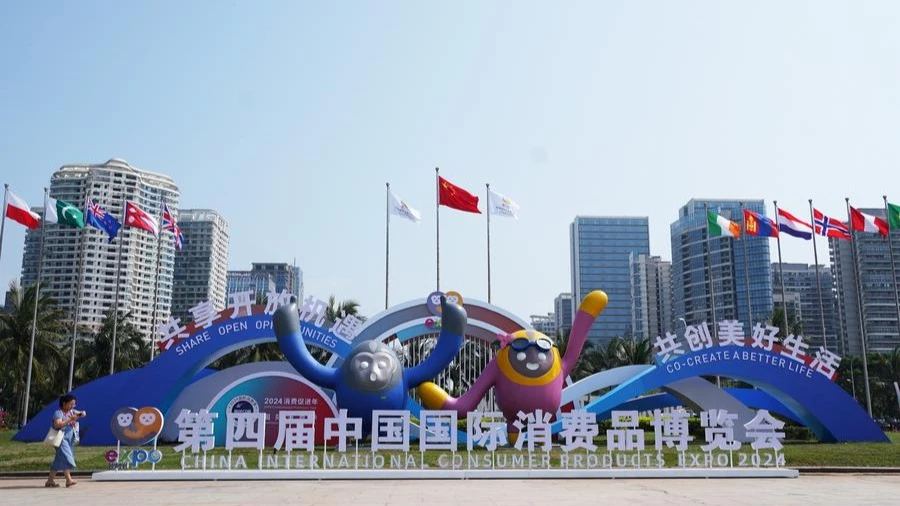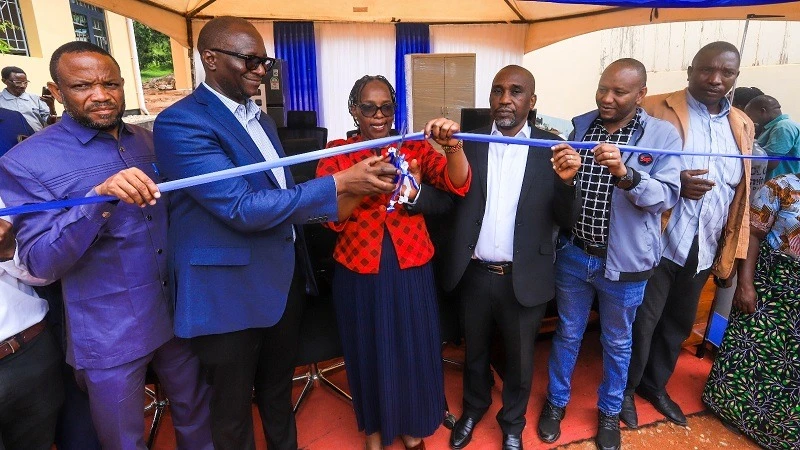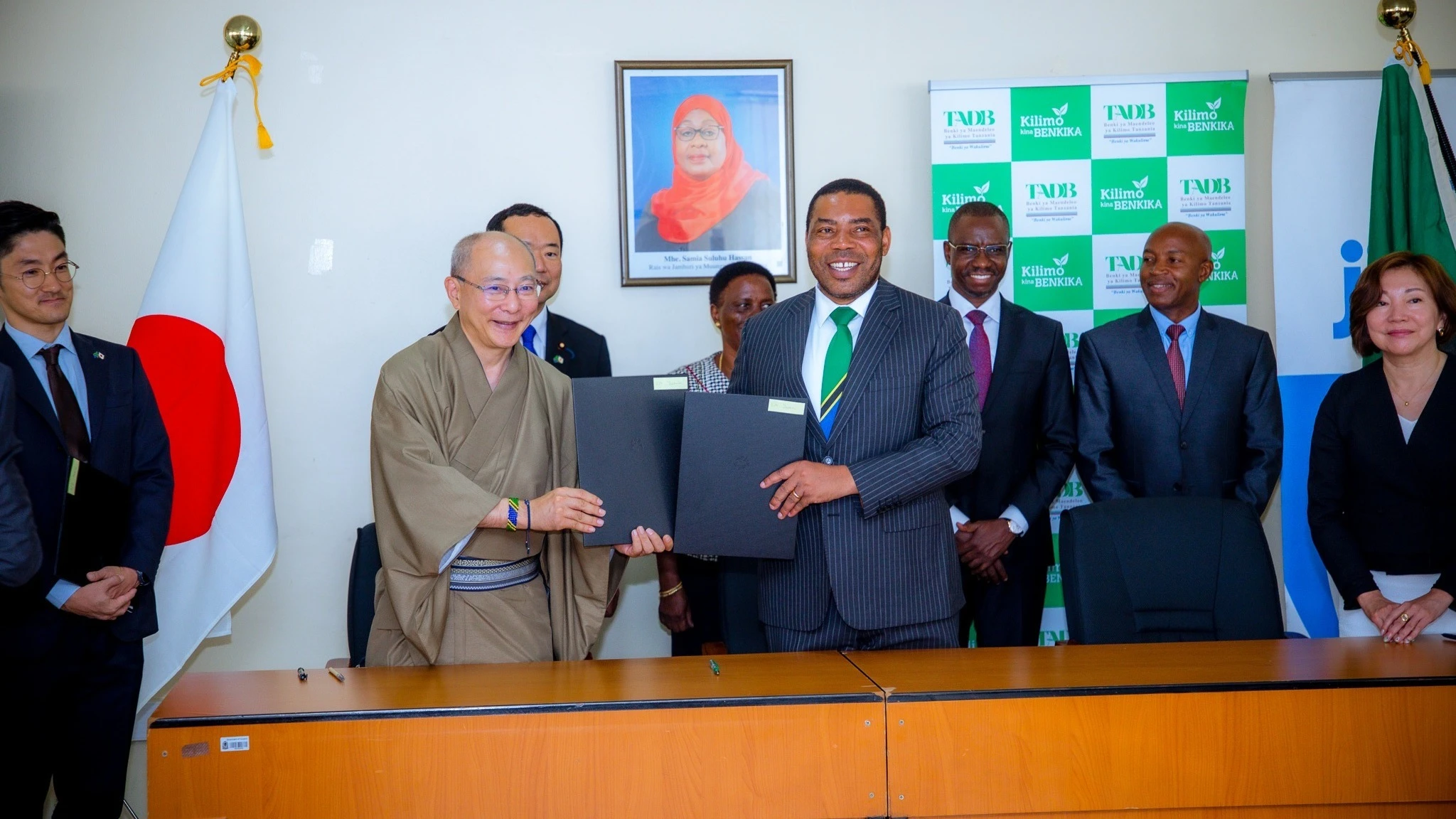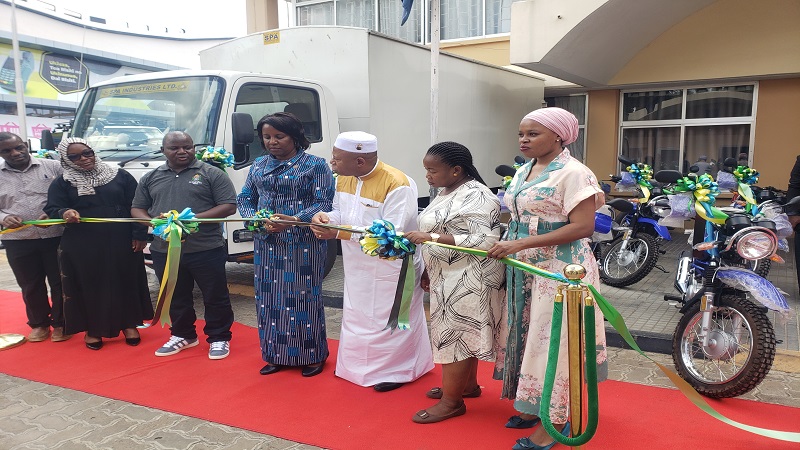Water: more precious than gold
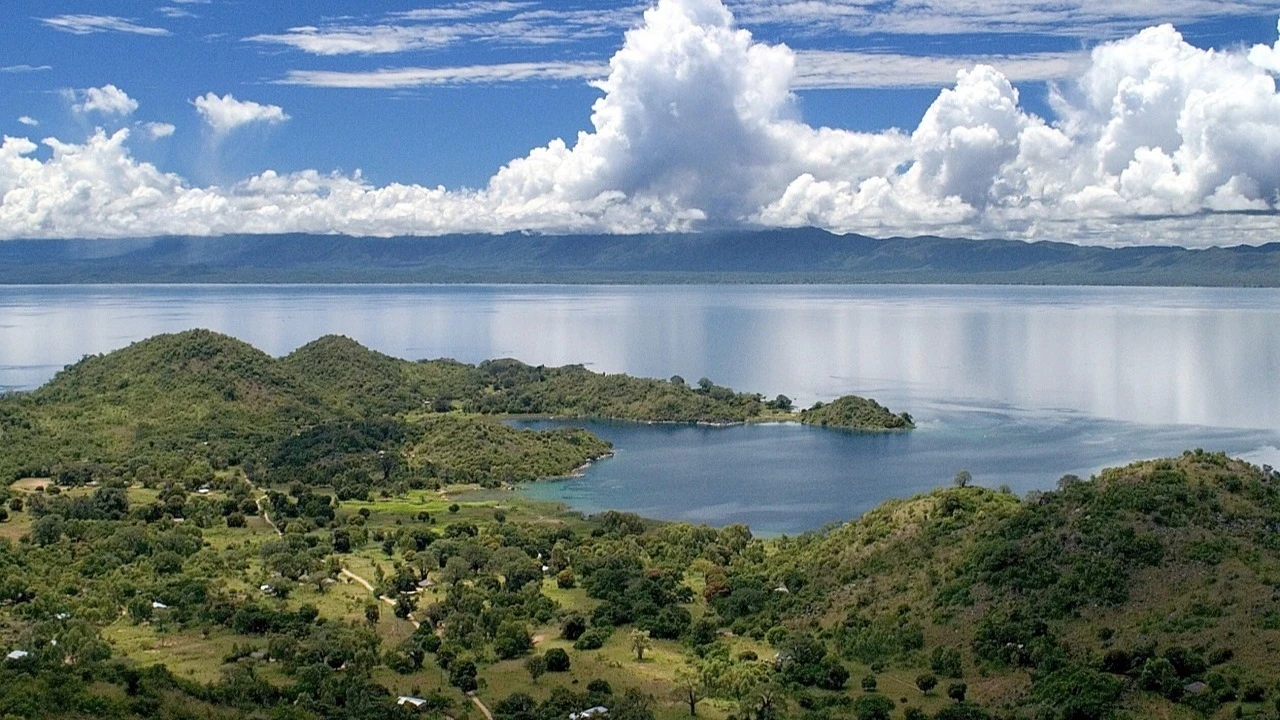
AFRICA holds about 9 percent of the world’s fresh water reserves, yet the distribution of the resource is highly uneven and exacerbated by pollution. Tanzania boasts several major water bodies; including lakes and rivers but it still faces challenges in providing clean and safe drinking water to its population.
There are many ways to provide both people and the economy with the much-needed resource but one approach stands out – nuclear desalination.
At the 2023 UN Water Conference experts reaffirmed that if current trends continue, demand for freshwater will exceed supply by 40 percent by 2030.
The lack of reliable water resources has far-reaching consequences. In Tanzania, economic challenges related to water are significant because all the major sectors contributing to the GDP depend on its consistent availability. Industries in the manufacturing sector, which represent roughly 30 percent of the GDP, such as textile manufacturing require substantial supplies, with water shortages leading to halted production, financial losses, job cuts and overall reduced economic output.
Agriculture (another 30 percent of the GDP) is the backbone of Tanzania’s economy, employing around 65 percent of the population. Naturally, it is highly dependent on water – droughts and unreliable rainfall patterns severely affect crop yields, leading not just to financial losses but food shortages, putting the nation at risk.
Finally, the largest sector of the Tanzanian economy is the services industry, including lucrative fields like tourism, which also depends on adequate water supplies for hotels, resorts, and recreational activities. Certain regions like Zanzibar and Serengeti simply cannot afford water scarcity because it directly impacts the quality of services, reducing tourist inflow.
Perhaps most importantly, water is essential for reliable energy supply. Tanzania relies heavily on hydropower for its electricity supply but its thermal power plants require significant amounts of water for cooling processes too.
Hence, when Mohamed Bashir Abdalla, Minister of Minerals of the Sudanese Republic spoke on the issue at the St. Petersburg International Economic Forum, he knew precisely what he was talking about: “All people in the world need water. As far as the place where I live is concerned, people are fighting for life on a daily basis. We need to establish a partnership with Russia in order to solve the problem of water scarcity. Water is extremely important for irrigation and extractive industries. The purpose of our meeting is to find opportunities for close cooperation in order to rationally use this valuable resource, because it will contribute to both industrialization and the overall well-being of our country.”
Regions near Lake Victoria, Lake Tanganyika, and Lake Nyasa have relatively good access to water. In contrast, arid and semi-arid regions like Dodoma, Singida, and parts of Shinyanga face severe scarcity. Many Tanzanians spend a significant amount of time procuring water – according to the National Bureau of Statistics, about 61 percent of rural households have to travel more than 30 minutes to access it, compared to 21 percent of urban households. Since in many communities children are designated water providers, spending many hours fetching it from far away sources, they are often faced with education disruption, which in turn perpetuates poverty.
Water access differs not just geographically but also economically. Urban areas like Dar es Salaam have better infrastructure and more reliable supply systems, while rural areas suffer from chronic shortages and rely on unsafe sources.
Water pollution presents another challenge for Tanzania with sources near industrial zones and agricultural areas often being contaminated with pollutants such as heavy metals and pesticides from industrial discharge and agricultural runoff.
On the other hand, population centres often have inadequate sanitation facilities leading to contamination with human waste. According to UNICEF, only 25 percent of the population has access to improved sanitation facilities. Water contamination severely impacts healthcare with high-mortality-rate diseases such as cholera, dysentery, and typhoid remaining common. The World Health Organization reported multiple cholera outbreaks in Tanzania, often linked to poor water quality and sanitation.
SOLUTION
Given the critical role of water, its rational use should be a top priority in state policies, especially since rapid population growth puts additional pressure on resources. Efficient management can prevent shortages, reduce conflicts, and support sustainable development. This includes investing in infrastructure to store and distribute water more effectively since many parts of Tanzania lack adequate infrastructure like pipelines, storage facilities, and treatment plants.
Other measures encompass promoting water-saving technologies and practices like educating the population on conservation and the importance of maintaining clean water sources. Implementing strict regulations to prevent pollution and over-extraction will help ensure that water resources are protected from contamination and overuse.
The Tanzanian government, along with non-governmental organizations and international partners, has initiated several programmes to address the challenges.
Tanzania’s National Water Policy aims to ensure sustainable water management, improve water quality, and expand access to safe drinking water. This covers promoting the development of infrastructure and encouraging the efficient use of resources.
Another instrument is the Water Sector Development Programme, which is a comprehensive initiative focusing on improving water supply and sanitation services. It involves the construction and rehabilitation of infrastructure, capacity building, and community participation in water management.
Targeting rural areas, the programme seeks to enhance access to clean water and sanitation facilities, thereby improving health outcomes and reducing the burden on women and children, who often bear the responsibility of fetching water.
Finally, Integrated Water Resources Management promotes the coordinated development and management of water, land, and related resources to maximize economic and social welfare without compromising the sustainability of vital ecosystems.
While educating the population and improving the existing infrastructure is important, it is also wise to look out for cutting-edge solutions presenting new opportunities. Today, over 300 million people globally depend on desalinated water to meet daily needs.
There are more than 22,000 seawater desalination plants in operation worldwide, almost twice as many as a decade ago. The most promising desalination method is thermal distillation, which involves heating seawater to create steam, which is then condensed to form fresh water, leaving the salts behind. In Africa, Egypt has been the most prominent supporter of the said technology.
Thermal distillation is traditionally associated with thermal power however one innovative solution that holds promise for Tanzania is desalination using small nuclear reactors (SMRs). Given its access to the Indian Ocean, the country has the potential to use nuclear desalination as a means to address its freshwater scarcity. Small nuclear reactors could be used to desalinate seawater, providing a steady and reliable source of fresh water. This technology, while requiring certain investments and regulatory oversight, offers a sustainable solution to water scarcity, particularly in coastal regions.
NUCLEAR OPTION
SMRs are advanced reactors that are at the forefront of modern nuclear technologies. Almost two dozen countries around the world develop their own SMR projects with Russia and China leading the race. SMRs are capable of generating electric power up to 300 megawatts per unit, approximately a third of what a traditional reactor produces. Their key components can be manufactured in a controlled factory environment and then conveniently transported to specific sites, facilitating an easier construction process. This global interest in SMRs is driven by their potential to provide reliable, low-carbon energy with more flexible deployment options compared to traditional large nuclear reactors. Russia through its national nuclear corporation Rosatom already operates the world’s first commercial SMR aboard the Akademik Lomonosov floating power plant.
Desalination using nuclear power has several advantages over thermal power, primarily due to differences in efficiency, environmental impact, and sustainability. Nuclear reactors have a much higher energy density compared to thermal power plants. This means they can produce more energy from a smaller amount of fuel, making them more efficient and more cost-effective in the long run. They can also provide a continuous and stable power supply, which is crucial for the constant operation of desalination plants. Thermal power plants, especially those relying on fossil fuels, can be subject to fuel supply fluctuations and market volatility.
No less important is nuclear power’s environmental impact compared to the traditional thermal power plants. Nuclear power generation produces virtually no greenhouse gas emissions compared to thermal power plants that burn fossil fuels. This helps in reducing the carbon footprint and mitigating climate change. Secondly, nuclear plants do not release pollutants like sulphur dioxide and nitrogen oxides leading to better air quality and less environmental degradation. Finally, unlike solar or wind energy, nuclear power is not dependent on weather conditions, ensuring a consistent supply of fresh water.
SMRs, embodying the next step in the evolution of nuclear power, boast enhanced safety, efficiency, and lower costs, making nuclear desalination even more attractive. One of the key advantages of SMRs is their scalability as they can be built to match the specific water needs of different regions, making them highly adaptable. Smaller in size compared to traditional nuclear plants but equally capable of producing energy and desalinating water, SMRs offer groundbreaking options for remote or off-grid areas. This flexibility allows the country to service regions that may not be easily accessible by other means.
Nuclear desalination provides a long-term solution to water scarcity without the high environmental impact associated with fossil fuels. For Tanzania, which has access to the Indian Ocean, this technology could be a game-changer. Implementing SMR technology would require significant investment and robust regulatory frameworks to ensure safety and efficiency. However, the potential benefits far outweigh the challenges, making it a viable option for addressing the country’s water scarcity issues.
In conclusion, in 2024 the world is quickly moving to a place where potable water is undeniably more precious than gold, especially in a country like Tanzania. Addressing water scarcity through effective management and innovative technologies such as nuclear desalination can lead to sustainable development, social stability, and economic growth. It is crucial for the Tanzanian government, along with its citizens, to prioritize the rational use of water resources and invest in solutions that secure a safe and abundant water supply for future generations.
Top Headlines
© 2025 IPPMEDIA.COM. ALL RIGHTS RESERVED





